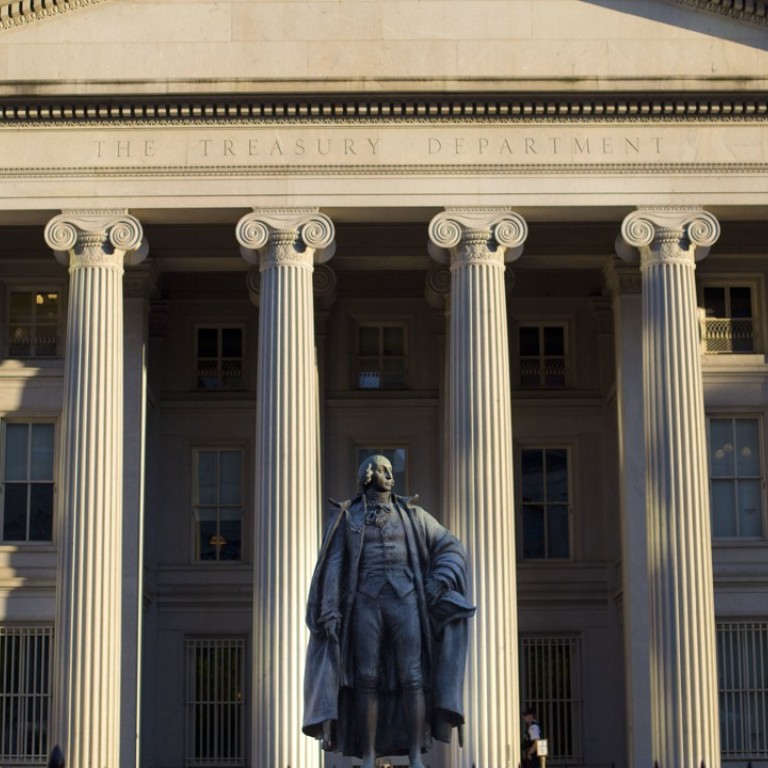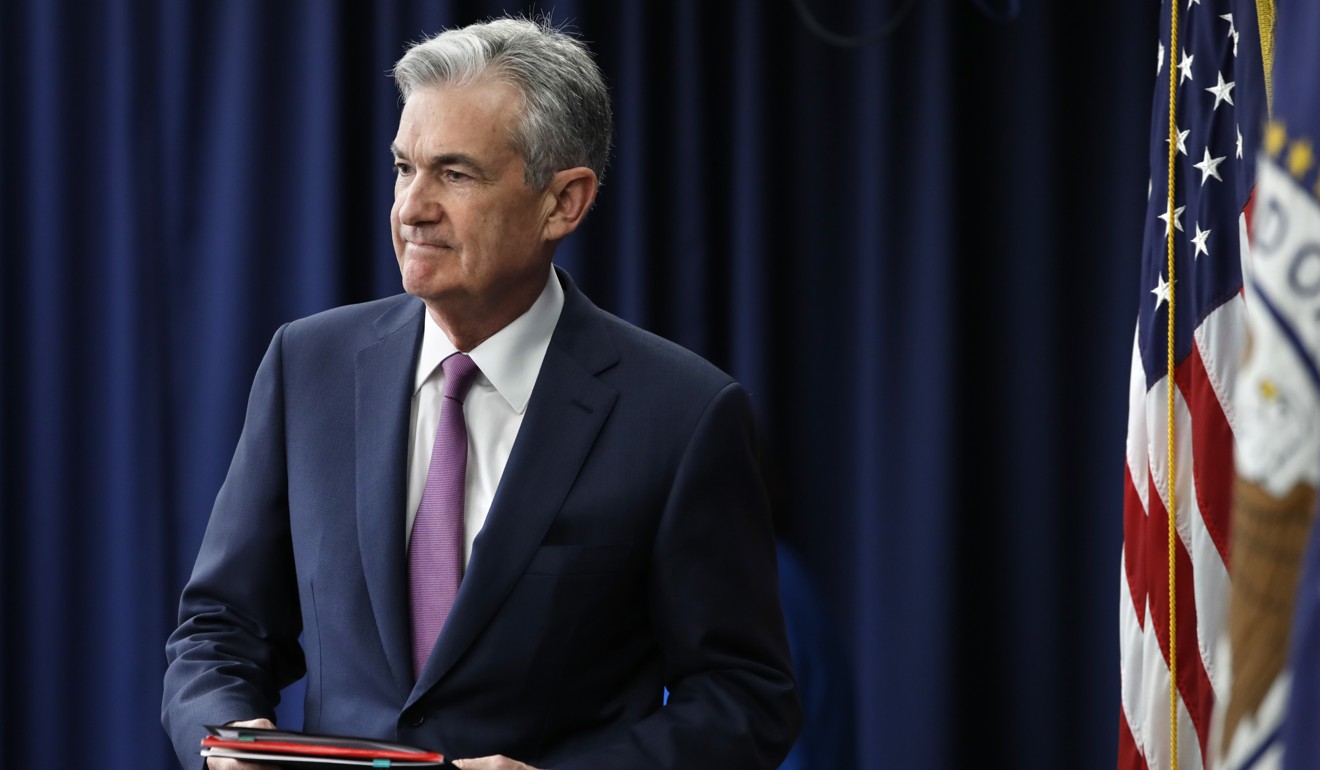
Why high-yield corporate bonds are still attractive and the smaller European market deserves attention
Kerry Craig says while bond markets are going through a complex period, it’s not yet time to ditch corporate debt, including high-yield bonds, in favour of safer government securities
Nearly all conversations with investors these days eventually lead to the challenge of what to do about bonds, as markets are surely heading for an inflection point. Buying riskier assets like corporate bonds has been a popular and profitable trade as financial repression encouraged investors to take more risk.
But as the investment cycle matures, is the reverse true: should investors move back to quality by buying government bonds?
The sun will eventually set on this cycle, and a natural rotation within bond portfolios would be away from riskier credit and back up the quality spectrum towards safer securities, increasing protection within portfolios and enhancing diversification.
Although there is a very low probability of a global or US recession within the next 12 to 18 months, prudence is called for in an environment of unprecedented monetary policy changes.

Bonds may do well in portfolios because they deliver income, not because their price appreciates
Policy drags outside the US should also abate as the European Central Bank begins to prepare markets for its first rate hike since 2011 next year. As such, owning government bonds or having a high-duration exposure within bond portfolios would seem rather Ill-advised.
Corporate bonds spreads – the difference between the more attractive yield these bonds offer compared to the “risk-free” rate on the comparative government bond – typically narrow to their cyclical lows before the equity market peaks and the downturn begins.
This does not necessarily mean that we should expect spreads to start to widen, but that the return is driven increasingly by the coupon, or carry, as spreads remain tight. Put another way, bonds may do well in portfolios because they deliver income, not because their price appreciates.
In the current environment, where the economic and corporate backdrop remain promising, corporate bonds should fare better than developed market sovereign debt. Similarly, even if the anticipated total returns are modest, the riskiest section of corporate bonds, known as “junk bonds”, should beat higher-grade corporate bonds.
The still vibrant US economy will support high-yield corporate finances, keeping spreads contained
More favourable fundamentals still bode well for the high-yield segment of the corporate bond market. Investment grade credit indices have experienced a deterioration in credit quality and a commensurate rise in duration and leverage adding to vulnerabilities as interest rates rise.
The corporate bond market in the developed world has expanded from US$6 billion to US$10 billion in the past decade, given the attractive borrowing costs and demand from investors for alternatives to the exceptionally low income from government bonds.
However, the supply of bonds has generally been at the lower end of the investment grade spectrum and at longer maturities. The share of BBB-rated bonds within the Bloomberg Barclays US Aggregate Credit Corporate Investment Grade Index has risen from 24 per cent in 1989 to 48 per cent this year.
Meanwhile, the US high-yield market hasn’t experienced the deterioration in quality of its higher-quality cousin, as both the duration and the quality of the index have remained stable. The still-vibrant US economy will support high-yield corporate finances, keeping spreads contained.

The global high-yield market is dominated by the US, but the smaller European market shouldn’t be ignored as it is exhibiting many of the same positive characteristics of lower leverage, high interest rate coverage and low default rate as the American market. Relative valuations are also moving in favour of the European market as the spreads between the two regions have narrowed to virtually nothing.
Investing in bonds has become increasingly complex and the risk-reward trade-off has deteriorated for some segments of the market. Although high-yield credit remains a favoured play, government bonds do have a place in investor portfolios. But adding duration is not like flicking a switch on or off – it’s more like turning a dial up or down. As the late cycle progresses and interest rates continue to rise, having the ability nimbly turn that dial will separate success from failure.
Kerry Craig is a global market strategist at J.P. Morgan Asset Management

